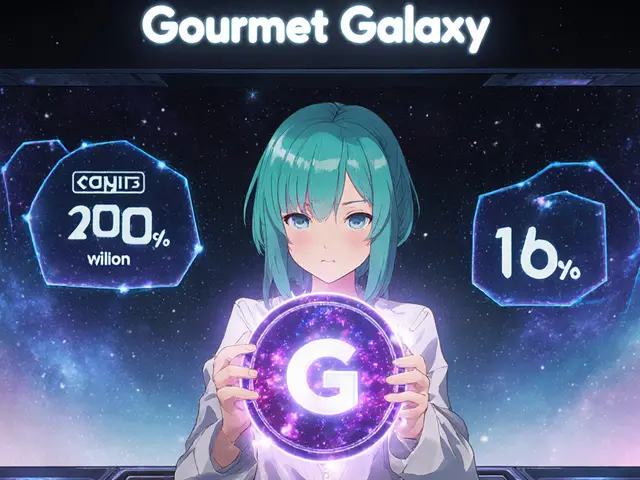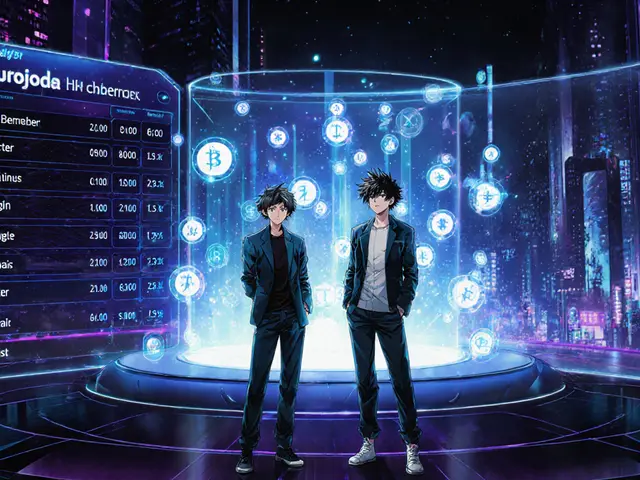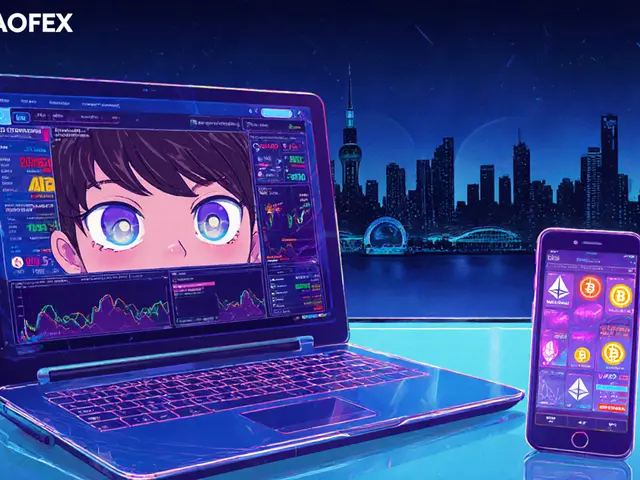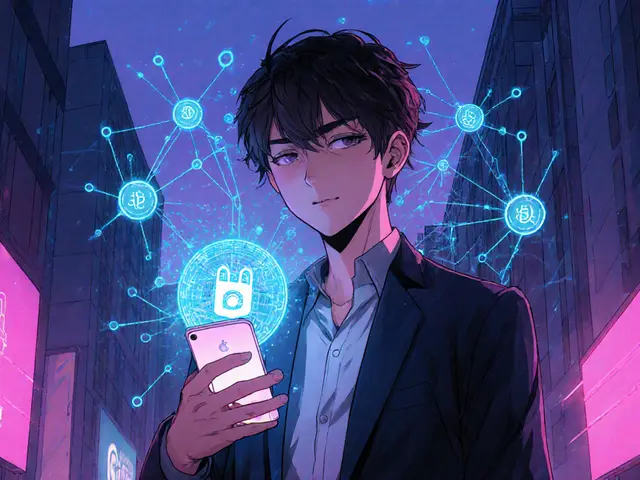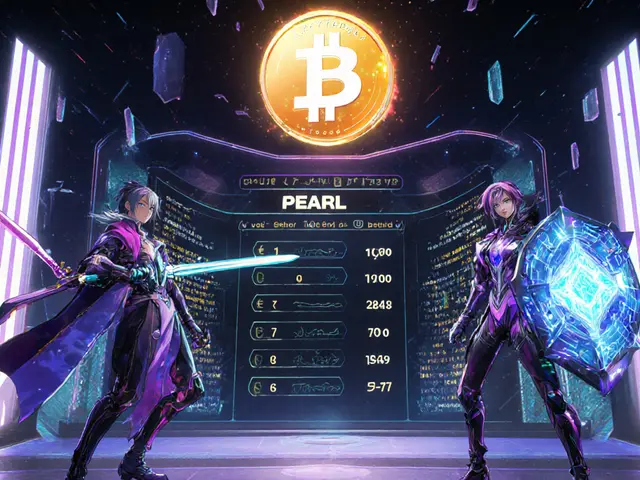NFT Royalties: How Creators Earn Beyond the Initial Sale
When you buy an NFT, you’re not just getting a digital image—you’re entering a system built on NFT royalties, automatic payments to creators every time their NFT is resold on a secondary market. Also known as secondary sale commissions, these royalties are coded into the NFT’s smart contract and paid out without any middleman. This isn’t just a perk—it’s how artists, musicians, and designers make a living long after the first sale.
Unlike traditional art, where the original creator gets paid once and never again, NFT royalties keep the money flowing. A digital artist who sells a piece for 5 ETH might earn 10% every time someone else resells it. That means if the NFT later sells for 50 ETH, the creator gets 5 ETH—no negotiation, no paperwork. Platforms like OpenSea and Blur used to enforce this automatically. But now, some buyers and marketplaces are bypassing these rules, sparking debates about fairness and control. The smart contract royalties, self-executing code that triggers payments when certain conditions are met. Also known as on-chain royalties, they’re the backbone of this system. Without them, NFTs would just be JPEGs with a blockchain timestamp.
Creators aren’t the only ones paying attention. Collectors care too—because an NFT with strong royalties often has more long-term value. If a project’s artist keeps earning, they’re more likely to build community, release new drops, or support holders. That’s why some collectors avoid NFTs from projects that disabled royalties. Meanwhile, platforms are experimenting with new models: some let creators set their own rates, others cap them at 5-10%. The NFT creators, artists, musicians, and developers who mint and sell digital assets on blockchain platforms. Also known as digital artists, they’re the ones pushing for royalty protection. are fighting back with petitions, lawsuits, and new marketplaces that refuse to list non-compliant NFTs.
What you’ll find here are real examples of how royalties work—or don’t—in today’s market. From high-profile artist disputes to low-tier meme NFTs with zero royalty structure, these posts cut through the noise. You’ll see which platforms still honor royalties, how to check if a collection pays them, and why some projects are dropping them entirely. No fluff. Just what you need to know before you buy, sell, or create your next NFT.
Streaming rights as NFTs let creators sell verifiable access to content with automatic royalties. It’s not replacing Spotify, but it’s giving artists direct control and fair pay-no middlemen, no delays.
Read More

